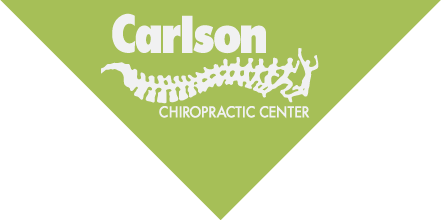If you’ve got back-to-school shopping on your agenda this week, chances are you have at least one backpack on your list. While yes, they’re practical, backpacks are a leading cause of back and shoulder pain for millions of children and adolescents. Even the American Chiropractic Association has weighed in on the topic and reports that young children are suffering from back pain much earlier than previous generations, and the use of weighty backpacks is a contributing factor.
Why? Heavy packs can cause a child to hyperextend, or arch, their back, or lean forward to compensate for the weight of the bag. These postures stress the muscles in the neck and back and increase the risk of injury and fatigue. The natural curves in the middle and lower back can also become distorted, which can cause irritation to the spine joints and the rib cage. Rounding of the shoulders could also result if a back has to regularly compensate for a heavy load.
Ultimately how a child wears a backpack is important in determining how his or her body will be affected by the extra weight. Children should always use both shoulder straps and wear the pack on the back. It’s also important to make sure children never carry more than 10 percent of their body weight.
Despite the risks, backpacks are a necessary part of school, so as parents, we simply need to shop smarter.
The ACA urges parents to keep the following in mind:
Size
The backpack should never be wider or longer than a child’s torso, and the pack should not hang more than 4 inches below the waistline.
Straps
The backpack should have two wide, padded shoulder straps so it won’t place unnecessary pressure on the neck and shoulder muscles.
Use
Make sure your child uses both straps. Lugging a heavy backpack by one strap can cause a disproportionate shift of weight to one side, leading to neck and muscle spasms, low-back pain, and poor posture.
Adjustability
The shoulder straps should be adjustable so the backpack can be fitted to your child’s body.
Padding
Make sure the backpack has a padded back, which not only provides increased comfort but also protects a child from being poked by sharp edges inside the pack.
Compartments
A backpack with individualized compartments helps position the contents most effectively. Make sure that pointy or bulky objects are packed away from the area that will rest on your child’s back, and try to place the heaviest items closest to the body.
Once the bag is selected, it’s a good idea to ask your kids regularly if they have any pain or other problems resulting from carrying a backpack. If the pain is severe or persistent, Carlson Chiropractic is standing by to get your child’s neuromusculoskeletal system in tip-top shape and can advise you on ways to prevent further injuries.
Chiropractic care uses the basic principle of putting the patient first—no drugs, no surgery, no nonsense. We want to help you reach your health goals, so you can live your life naturally.

